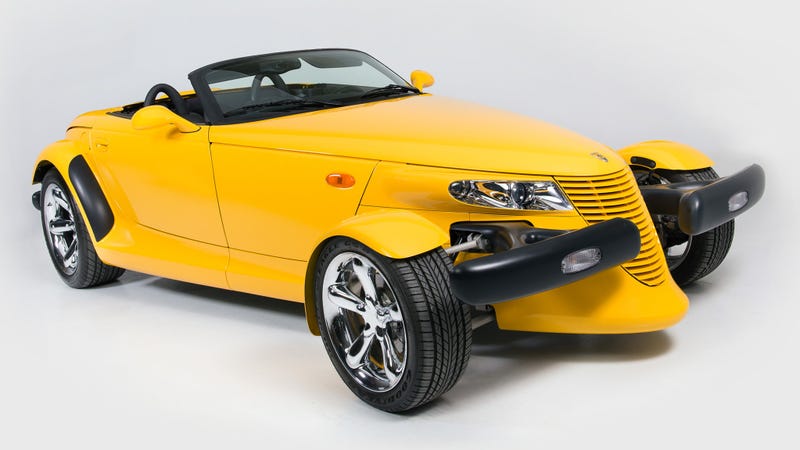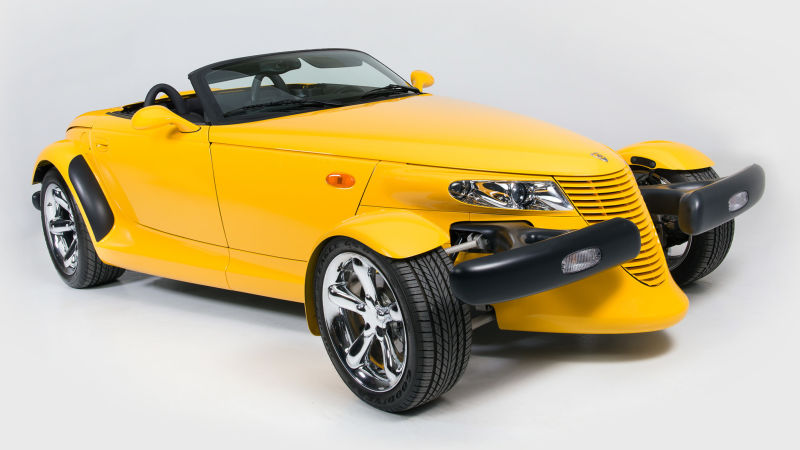
Why do we bag on the Nissan 370Z’s ancient ass, but celebrate the archaic Toyota 4Runner? By “we” I mean Jalopnik’s staff, this week in particular, but these opinions are pretty widespread through the car-loving community. Thing is, it’s possible to age gracefully—it’s just not a given.
This came up in the comments of Mike Ballaban’s story about how great the 4Runner is for being unapologetically brutish, on the heels of some discussion about the letdown that was the 50th Anniversary Nissan Z.
Some made the connection that the inherent ruggedness of old SUV architecture made it Cool Old, while dated sports car technology is, as one commenter put it, “just sad.”
That’s certainly part of the equation–today’s 4Runner is one of the last vehicles left that really feels like a callback to a golden era of body-on-frame, off-road-capable SUVs we had from about the mid-’90s to the mid-’00s. In those days, there was a beautiful confluence between creature comforts and simplistic stalwartness that made such vehicles livable enough for daily driving without sacrificing street cred. Or, I guess, “off-street” cred in this case.
Advertisement

Prime examples would include the GMT800 Suburban, second-generation Montero, third-gen 4Runner, later Isuzu Rodeo, and the early Ford Expedition and Excursion. I could write a whole essay on those guys, but I don’t want to get too off-track here.
So the 4Runner’s cool because it’s held on to something that was always awesome.
Advertisement
The 370Z, on the other hand, competes in a segment that’s constantly evolving in terms of technology, performance, weight, style and even fuel economy. In many ways sports cars are still the tip of the spear for what automakers are capable of, and they age harder and faster than other segments.
And the Z appears to be clinging to a legacy that isn’t remembered as fondly:
Advertisement
I’m sad to say I’ve never driven a 370Z myself, though members of our team have on many occasions. I can’t personally corroborate Matt Farah’s assessment here but he’s driven a lot of cars and I trust his perspective.
Though of course, dated sports car technology is not necessarily “sad.” Air-cooled Porsches were revered as driver’s cars before they became status symbols, and hey look, they became status symbols-currently considered as “classic” as any sculpture or scripture can get.
Advertisement
So how does something age into becoming a cherished classic instead of an old cast-off? It’s as simple as being good from the get-go. Ideally, better than good. Old things that are truly respected tend to be examples of what was exceptional when it was new.

That’s why Dodge keeps selling powered-up Chargers and Challengers, Ford is bringing back the Bronco, Porsche refuses to really mess with the 911’s design and everybody still loves the 4Runner, while other design trends and piece of technology come and go. And in the case of the Mopar cars, though they’re very old—older in some ways than even the Z—Dodge has done a stellar job updating them with newer and more powerful engines, better interiors, additional options and paint colors, and more special packages. They’ve kept them relevant and unique.
Advertisement
The appeal of anachronistic elements is pervasive in car culture; but by the same token things that are retro for the sake of being retro are not necessarily good. See: Plymouth Prowler, Chrysler PT Cruiser, Chevy SSR. Similarly, things that were just fine to begin with are not worth keeping on indefinite life support. See: Nissan 370Z.
We will get to a time when we’ll look at any car with hydraulic steering, rear-wheel drive and a three-pedal manual transmission and say “now that’s pure driving.” At that point we’ll be lucky if any new cars fitting that description exist, and probably look at any 370Zs left on the road with respect.
In the meantime, let’s celebrate cool connections to things cars got right in the past, and keep our eyes open for new benchmarks that we’ll adore as classics in the future.













